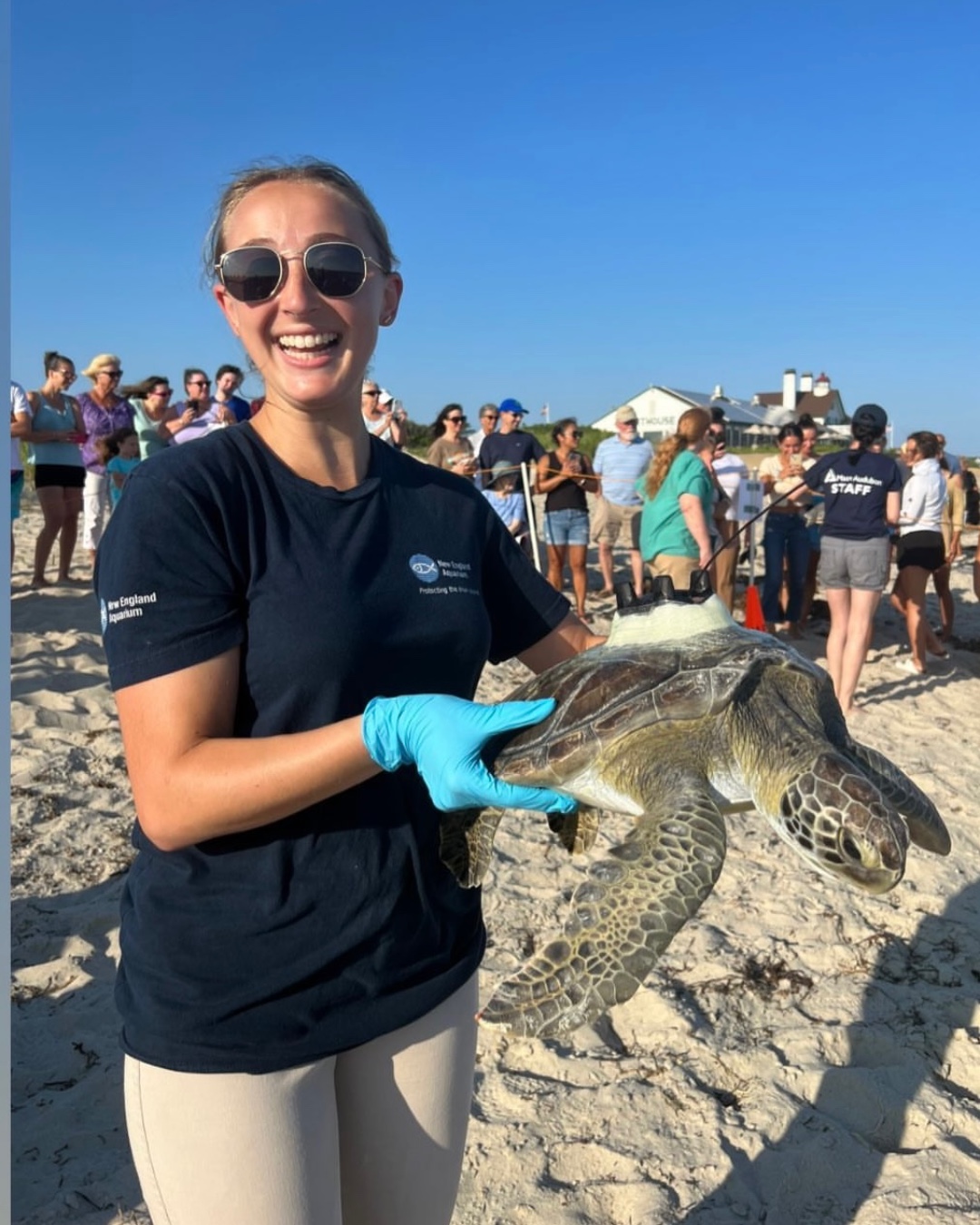- The seasonal presence of sea turtles in New England aligns with the peak boating season, posing collision risks due to turtles surfacing for air.
- Kristen Luise and Dr. Kara Dodge utilize data from tagged turtles to evaluate the potential dangers turtles face from boat strikes.
- Analyzing time spent at the surface in busy boating areas provides insights into sea turtle behavior and associated risks.
- Collaborative research is vital for developing strategies that protect sea turtles and enhance conservation efforts.
- The role of rehabilitation data in understanding ecological patterns and informing policy decisions.
Sea turtles, majestic marine reptiles, grace the waters of New England during the summer months. This seasonal presence coincides with New England’s peak boating season, creating potential risks for these ancient creatures. As turtles surface to breathe, they become vulnerable to boat strikes, a threat that requires urgent attention. Understanding the frequency and circumstances of these risks is crucial for enhancing conservation measures.
Research by Aquarium Senior Biologist Kristen Luise and Dr. Kara Dodge of the Anderson Cabot Center for Ocean Life aims to address this pressing issue. By examining data gathered from sea turtles tagged and rehabilitated at the Sea Turtle Hospital, they assess the time these turtles spend at the surface in areas with heavy boating traffic.
The information gleaned from these studies is vital. It not only sheds light on the behavior of sea turtles but also on how often they encounter potential dangers. Such insights are essential for shaping effective conservation strategies and mitigating risks imposed by human activities.
In the heart of their research, Luise and Dodge find that surface time is a critical factor. During the summer, this time overlaps with high boating activity, increasing the likelihood of collisions. Understanding this temporal overlap helps in designing interventions aimed at protecting these vulnerable animals.
Rehabilitation data used in their analyses reveals much about turtle movements and habits. The patterns observed provide groundwork for recommending policy changes that could reduce threats to sea turtles. By integrating scientific findings into public awareness and regulations, conservationists can more effectively safeguard these animals.
Collaborative efforts between biologists, conservationists, and policymakers are paramount. They lead to innovations in wildlife protection, ensuring that sea turtles can navigate their ocean habitats safely. Continued research will empower stakeholders to implement solutions that safeguard marine biodiversity while accommodating human maritime pursuits.
*****
Source Description
Sea turtles’ summertime presence in New England coincides with peak boating season for the region. As they come to the surface to breathe, they run the risk of ship strikes—but how often are they facing these dangers?
Aquarium Senior Biologist Kristen Luise and Dr. Kara Dodge, a researcher from our Anderson Cabot Center for Ocean Life, teamed up to help uncover the answer.
Using data collected from tagged turtles rehabilitated at our Sea Turtle Hospital, Kristen analyzed how long the turtles spent at the surface in busy boating areas.
See what they learned, and why work like this is an important step in better protecting sea turtles at the “News & Stories” link in our bio!


